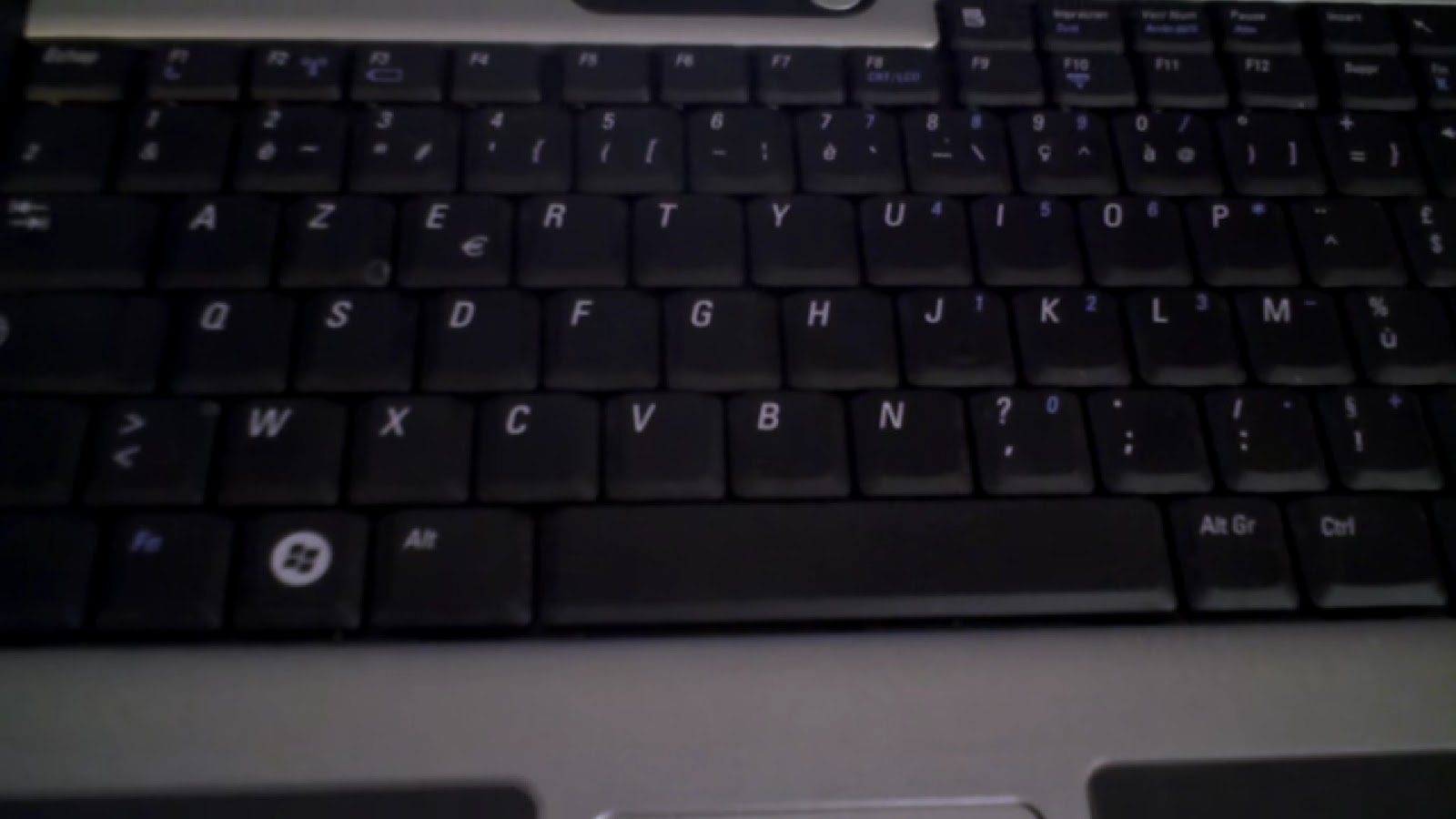Have you ever pondered the reason behind the distinct appearance of keys on a French keyboard? You’re certainly not the only one. The AZERTY layout, which holds sway in France and Belgium, deviates from the more common QWERTY layout utilized in numerous other regions globally. This piece delves into the realm of AZERTY, delving into its peculiar key arrangement, inclusion of special characters, and the reasons behind its dominance in facilitating French communication.
Deciphering the Mechanics of the French Keyboard Layout
Delving into the world of the French keyboard layout, it’s essential to understand that it stems from a particular arrangement called AZERTY. This naming is derived from the sequence of the first six letters that appear on the keyboard. The AZERTY layout significantly differs from the QWERTY layout, which is predominantly used in English-speaking regions.
The AZERTY layout has kindled interest due to the specific placement and arrangement of keys, which are tailored to accommodate the distinctive requirements of the French language. Let’s delve into its unique features:
- Different Key Arrangement: The most striking feature of the AZERTY keyboard is its alternate arrangement of letters. Unlike QWERTY keyboards, the AZERTY places popular French letters in more accessible locations;
- Special Character Access: The AZERTY layout provides easy access to specific French characters, like é, è, ç, ù, and à, which are not present in English, thus making typing in French more comfortable and faster;
- Caps Lock Functionality: In an AZERTY keyboard, the Caps Lock only capitalizes letters, not numbers or special characters, unlike in a QWERTY keyboard. This feature can be particularly helpful when writing in French, which often uses lowercase numbers in conjunction with uppercase letters.
Not only does the AZERTY layout make typing in French easier, but it also has the potential to speed up typing for English speakers who often write in French. Embracing the AZERTY layout might take some time initially, but the speed and efficiency it offers are well worth the effort.
Comprehensive Guide to Understanding the French Keyboard Layout
The AZERTY keyboard layout, identified after the initial six letters of the top row of its alphabetic characters, is the French version of typewriter or computer keyboards. Its setup diverges considerably from the commonly used QWERTY layout, prevalent in English-speaking countries. The distinctive arrangement of AZERTY is designed to accommodate the intricacies of the French language better.
Key Differences & Unique Symbols
- Inclusion of Accents: An AZERTY keyboard places a high emphasis on accent marks, integral to French spelling and pronunciation. Keys dedicated to the letters é, è, à, and ç are standard features in this layout, demonstrating the significance of these diacritics in the French language;
- Symbol Placement: The AZERTY layout has different placement for specific symbols like @, #, and €. For instance, pressing AltGr+2, AltGr+3, and AltGr+E will give you @, #, and € respectively. Familiarizing with these combinations proves to be a time-saver especially for those involved in emailing, coding or managing currencies;
- Caps Lock Functionality: In AZERTY keyboards, the Caps Lock key is referred to as “Majuscule”, underlining its primary function to capitalize letters. This showcases the importance of accurate capitalization within French writing norms;
- Number Key Access: Uniquely, to access numbers in an AZERTY keyboard, one has to use the Shift key since numbers share the same keys with other symbols. As an example, the 2 key also yields the ” symbol, while pressing the 3 key produces the # symbol.
This French keyboard layout is not simply an alternative version of QWERTY but a well-thought design catering to the specific nuanced requirements of the French language. Be it the inclusion of French accents directly on the keyboard, unique placement of certain symbols, or the use of ‘majuscule’ (uppercase) to maintain language purity, it is a unique yet comprehensive layout. Although it might seem challenging to grasp initially, the transition from QWERTY to AZERTY can significantly enhance the typing speed and efficiency of those frequently using French in their communication.
Mastering the French Keyboard: Useful Advice and Top Tips
Configuring Keyboard Settings
To employ the French AZERTY keyboard effectively, it’s pivotal to have it correctly configured on your device or computer. Typically, users can switch between QWERTY and AZERTY layout under the settings of the operating system. This ensures that the keys will output the correct characters when pressed, avoiding any potential typing confusion.
Knowing Your Keyboard Shortcuts
Getting acquainted with regularly used keyboard shortcuts for the AZERTY layout can significantly improve typing speed and efficiency. For instance, understanding and using the AltGr key combinations for common symbols and characters such as accent marks, @ and € is a time-saving tip. Knowing these shortcuts will make the typing experience smoother and faster.
Adapting Through Practice
Transitioning from a QWERTY layout to AZERTY involves a learning curve, but regular practice can make adaptation quicker and more comfortable. Aim to spend some time each day practicing typing on the new layout to improve your speed and accuracy over time. Remember, mastering a new skill takes time and patience, so don’t be discouraged by initial errors or slower typing speed.
Exploring Customization Opportunities
Various operating systems and software offer customization options for keyboard layouts. Users can adapt these settings according to their specific requirements, such as programming or multilingual typing. Customization can enhance usability, making the keyboard more intuitive and comfortable to use.
The French keyboard layout, with its unique design and arrangement, caters to the specific needs of the French language. By following the practical tips mentioned above and constant practice, users can efficiently master the AZERTY keyboard, thus enhancing their typing capabilities.
Conclusion
In conclusion, the AZERTY keyboard layout stands as a testament to the cultural and linguistic nuances embedded in technology. Its unique key placement and special characters cater specifically to the French language, contributing significantly to efficient communication in French-speaking regions. While other keyboard layouts exist, AZERTY’s reign in France and Belgium showcases the adaptability and diversity in global keyboard designs, highlighting the intersection of language, technology, and user experience.



